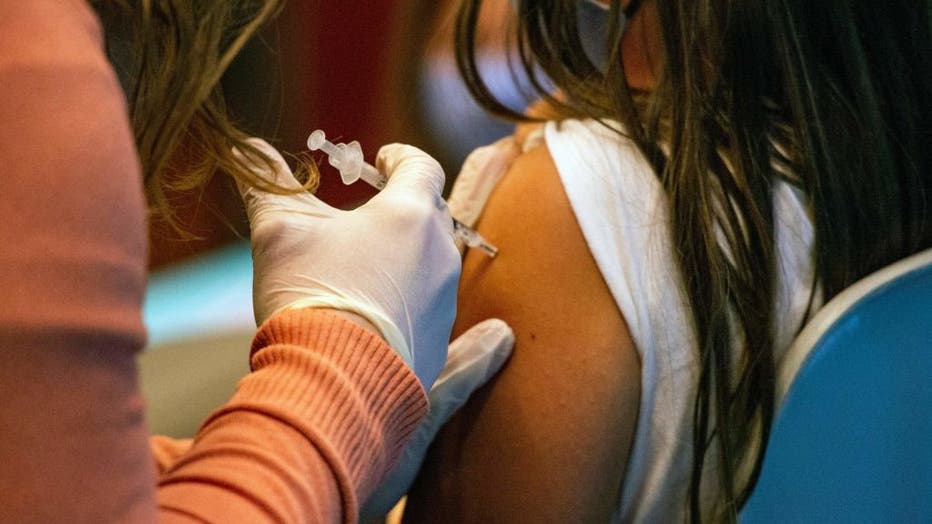Doctor shares tips how to ease your child's fear of needles
ATLANTA - When it comes to the COVID-19 vaccine, Dr. Amy Baxter says, kids will have two main questions: do I have to get it, and is it going to hurt?
Baxter says about two-thirds of children and one in four adults are afraid of needles.
But planning ahead can help ease the vaccination process.
"It's the perfect time to start with a plan that is going to address pain and fear and their focus," Baxter says. "First of all, with the answer to 'Do I have to get a shot,' immediately start reframing the language: 'This is something that is going to keep you safe and make it so that you can hang out with your friends normally again.'"
And Baxter says don't apologize for getting your child vaccinated.
"If you say, 'I'm sorry,' or 'It's okay, honey,' the child knows that a parent should not be apologizing to them," she says. Something must be really wrong."
Instead, Dr. Baxter recommends talking to your child about how he or she wants the shot appointment me to go.
This will allow your child to feel more in control about the process.
"Control is a huge way to reduce fear," Baxter says.
But control can be a tricky issue with kids.
"You want to make sure all the choices you give them are real choices," Dr. Baxter says. "You can't say, 'Would you like to have a shot or not?' So, you want to make sure you can say, 'Would you like it in this are or that arm? Do you want it in a leg? Do you want to watch or not watch?' Actually about 25% of kids get their feeling of control by watching. So, they don't need to be told to look away. If they want to watch, you should let them."

A five year old child receives the Pfizer-BioNTech Covid-19 Vaccine for 5-11 year old kids at Hartford Hospital in Hartford, Connecticut on November 2, 2021. - An expert panel unanimously recommended Pfizer-BioNTech's Covid vaccine for five- to 11-ye
Share the plan with the child's vaccine provider to make sure you are all on the same page about how the appointment will go and what your child wants.
Next up, she says, focus on what you can do to minimize the pain of the injection.
"Topical anesthetics can work," Baxter says. "They're going to take about 30 to 60 minutes. But, you want to make sure it's on the right spot."
Dr. Baxter invented "Buzzy," a vibrating bee-shaped tool that uses mechanical stimulation and an ice pack to interrupt pain signals to the brain and take some of the sting out of shots.
"You put it where the injection goes, about 60 seconds, slide it up, and then do the shot while it's still in place," she says. "So, it's like you are diluting the sensation of the injection itself."
Distraction is another tool that can help kids with shot phobia.
"Using distraction and pain control together can reduce the pain of injections about 85%," Baxter says.
She recommends using a distraction that requires the child to use his or her cognitive skills.
"So, the best questions to ask your child are to find something visual on the other side of the room and have them count it," Baxter says. "With older kids, you can even have them count how many letters in a word have circles. Like 'good' has, four of the letters have circles. But, that kind of cognitive thing is distracting enough that they're not paying attention."
And, remember Dr. Baxter says, kids take their cues from parents.
So, even if you are nervous, try to project calm and confidence.
"When the parent is assured, and warm but firm, kids do a lot better," Baxter says.

